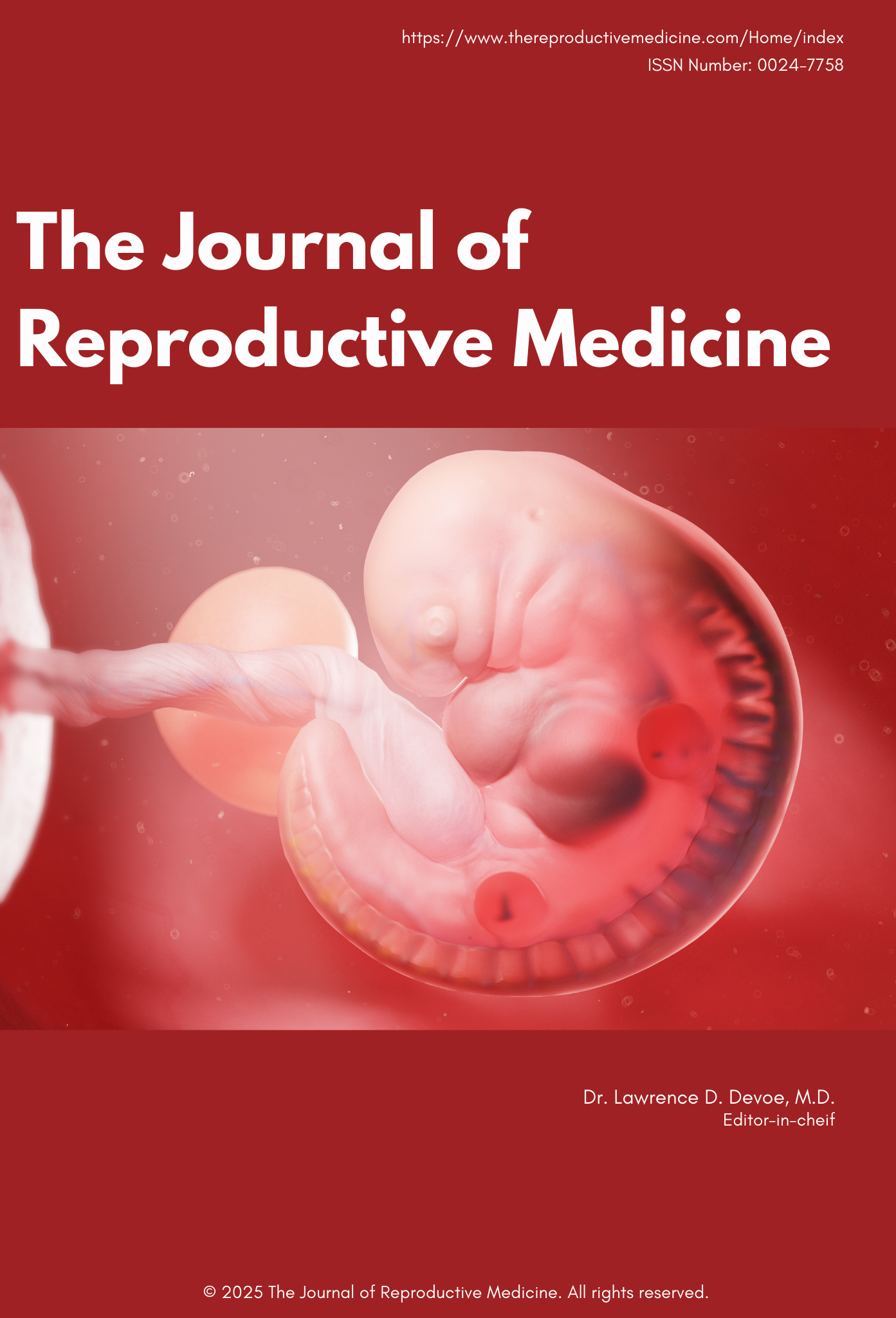Baseline Antimullerian Hormone Level Does Not Serve as a Predictor of Uterine Fibroid Treatment Outcomes
Keywords:
antimüllerian hormone, hysterectomy, leiomyoma, uterine myomectomy; quality of lifeAbstract
Aim/Objective: To evaluate whether baseline serum antimüllerian hormone (AMH) concentration predicts symptom severity (SS) and quality of life (QOL) 1 year following uterine fibroid treatment with hysterectomy or non-hysteroscopic myomectomy.
Methods: A large multi-institutional clinical trial enrolled individuals undergoing uterine fibroid therapies from 11/11/2015-9/29/2019. We measured serum AMH concentrations before treatment (baseline) for a subset of participants younger than 45 years at enrollment. QOL was assessed at baseline and 1 year after treatment. Propensity score methods adjusted for selection bias and confounding variables and estimated differences in 1-year scores between treatment groups (hysterectomy vs myomectomy) with a weighted general linear model.
Results: Baseline median AMH concentration was higher for the myomectomy group (n=143) than for the hysterectomy group (n=129) (1.4 vs 0.7 ng/mL, P=.002) and mean (SD) SS scores were higher for the hysterectomy group than for the myomectomy group (61.3 [22.7] vs 50.6 [25.9], P<.001). After 1 year, all scores had improved for both groups. After adjustment for other baseline characteristics, 1-year posttreatment SS and QOL scores did not differ according to baseline AMH level (£1.0 vs >1.0 ng/mL) for either group.
Conclusions: Baseline serum AMH level did not modify health-related QOL outcomes at 1 year following uterine fibroid treatment.






